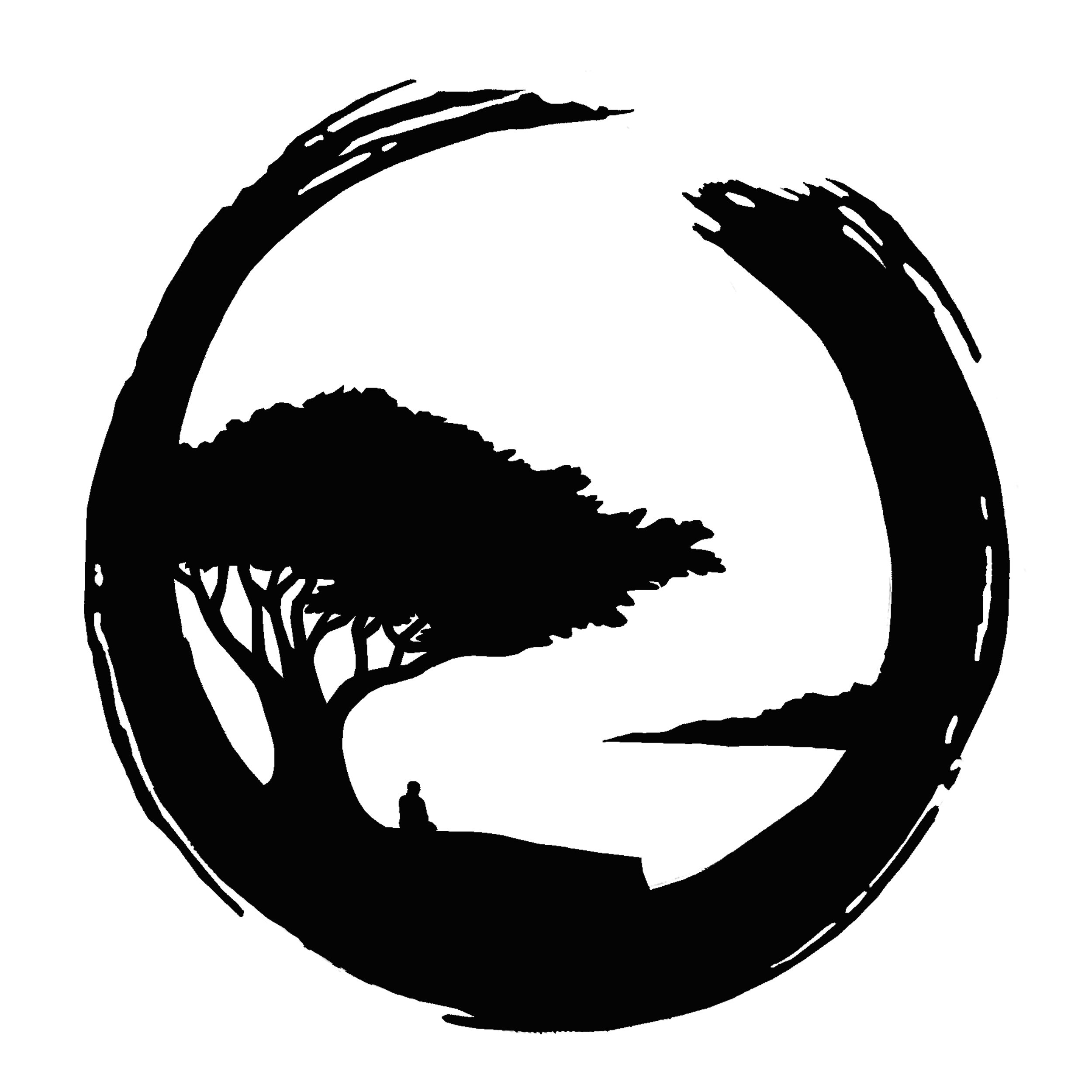Lineage: Silence from the Source
by Robert Reese
July 4, 2021 – It is 5:30 p.m. on the Fourth of July in the suburb of Ranch Cordova, a bed-room community of more than fifty thousand residents 14 miles east of Sacramento. Today, the temperature is 98 degrees and I am gently coercing the wrought iron gate of the Matthew Kilgore Cemetery, a three-acre family graveyard established near the foothills of gold country. Following World War II, Rancho Cordova became a rocket manufacturing community for Aerojet General. The cemetery has seen a recent restoration after some years of neglect, including vandalism.
It is sad and moving and somehow important to visit such places. In the days after my father died and I went to see him one last time, I still remember how everything I saw appeared vivid and defined in bold strokes. How the experience of his death made every other person a living person and sanctioned me—at least provisionally-- to see this actual life as a radiant expression.
The Kilgore Cemetery was named after my great-great-great-grandfather, who came west from Ohio in 1855 and established a 154-acre farm not far from the American River. Set among wild black berries, oleander and dried grass, the dusty, quiet graveyard is the home to two-hundred and forty-five graves from the year it was established in 1874 through the 1970s.
But the little cemetery and its occupants had adapted to time and its violations, accepting the wear of weather, evening stars, vandals, rattle snakes and a voluminous summer heat pressing down from above. Nevertheless, the Kilgore Cemetery remains a kind of spiritual home, a region of lineage and family. I had a similar recollection of ancestry while visiting the dark-walled Joyoden (founder’s hall) at Eihei-ji in Japan, which contains the ashes of Dogen Zenji, as well as Ejo Zenji and Tettsu Zenji. At the sepia-hued entrance, pilgrims pause to touch the wooden entrance door, which is smooth after centuries of adoration. One man, I remember, touched the door, his heart and forehead, and then his son’s heart and back to his own head.
In Chinese artwork through the centuries, the lay parishioners’ clothing change by the season and period, while the monk remains the same muted cotton robe. Cloaked in contemporary dress, the layman feels like her contemporaries, while the monk maintains a contemporary status and also feels like those who preceded her, and followed in her footsteps.
“Lineage is not like many different things put together in a line or gathered together,”Dogen Zenji says. Lineage, in Dogen’s model, is the complete oneness of time and space, dynamically functioning from moment to moment as illumination, alive in the individual self. “When time, being, self, and illumination come together and work dynamically in one's life, time and being are unified. Furthermore, self is time. The self arrays itself and forms the entire universe. One should perceive each particular thing in the universe as a moment of time. Neither things nor moments hinder one another,” is how our ancestor, Dainin Katagari Roshi expresses lineage.
The Denkoroku, or the Record of Transmitting the Lamp, is a spiritual genealogy composed by Keizan Jokin (1268—1325). The text is an ordinary record of ancestry, in that it traces a family history, provides a panoramic view of the Zen family and identity. The Denkoroku is also valuable in that the stories broaden and deepen our understanding of how Zen has operated in lives elsewhere and through the centuries. At the same time, the primary function of the text is to celebrate the “light” in the title. The transmission of the light in each of the stories is what concerns Keizan, who speaks of it as “brilliant, clear knowing,” and “boundless clarity.”
It is the same light we see when we look into one another’s eyes; the only thing that does not age in the human face is the eyes. Most often, the eyes are no less bright the day we die than the day we are born. The eyes may become clotted and the corneas become dulled, but the light in them rarely changes. If we are alive, the eyes glow.
One day when Guishan Lingyou was attending Baizhang, Baizhang asked, “Who are you?”
“I am Lingyou.”
“Will you look in the brazier and see if there are any hot coals left?” Baiahang asked.
Guishan looked and poked around, “No, there are none.”
Baizhang got up, seized the tongs and poked deeply into the fire pot. He came up with a glowing charcoal. “Is this not a hot coal?”
With this Guishan woke up. He had known that he was only provisionally Guishan Lingyou, that he a forgotten his original name.
“The method I just used is only for this occasion. It is not the usual approach. To realized our Buddha-nature, we must wait for the right moment and conditions. When the time comes it is like awakening from a dream, as if something long forgotten was remembered. We realize that what is obtained is our own and not from outside ourselves.”
At Kilgore Cemetery the grass was turning straw-colored, parted here and there with white grave stones and the yellow-edged leaves of small oak trees. In the afternoon heat there were no flowers, but the pine trees flanking the grounds swayed as the delta breeze began to pick-up. The young, deep green trees swam like attendant sentinels in the dry breeze above the white stone obelisks. For a moment, it appeared as if something long forgotten, was remembered.
